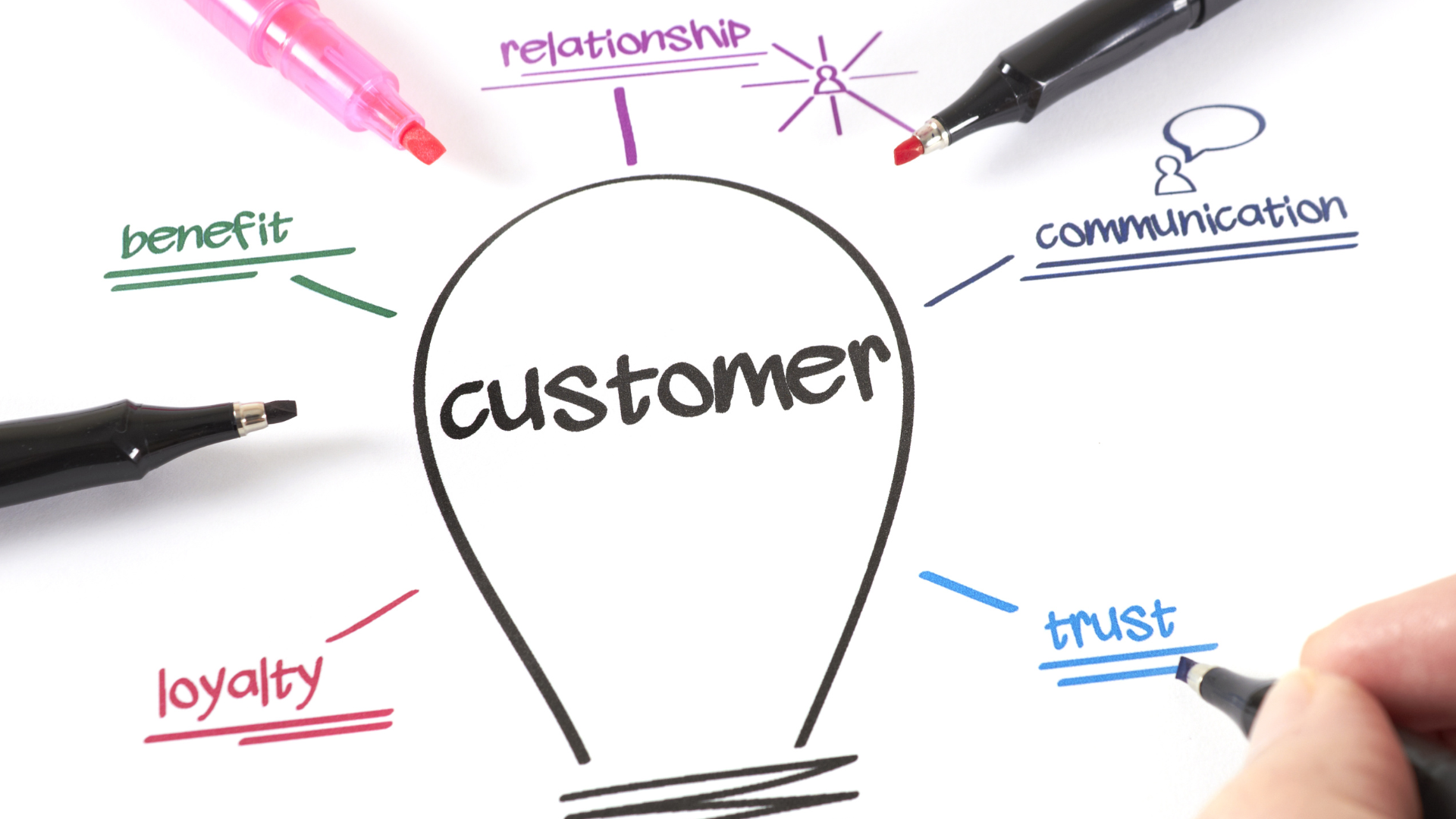
- Blog, Lead Generation Email Outreach
- By Grahame Simpson
Introduction to Lead Generation with Email.
Lead generation is the lifeblood of any business, and email marketing is a powerful tool in your arsenal to attract and nurture leads. When implemented strategically, email campaigns can help fill your sales funnel with qualified prospects, ultimately driving business growth.
In this article, we will delve into proven tactics that will enable you to master lead generation with email and optimize your efforts to maximize results.
Develop a Targeted Email List:
Effective lead generation begins with a high-quality email list. Instead of focusing solely on quantity, prioritize quality by building a targeted list of prospects who are genuinely interested in your products or services.
Utilize opt-in forms on your website, gated content, and social media to capture email addresses from individuals who have shown genuine interest in your industry or offerings.
This targeted approach ensures that your email campaigns reach the right audience, increasing the chances of generating qualified leads.
Create Compelling Lead Magnets:
To entice prospects to provide their email addresses, offer valuable lead magnets or downloadable resources. These could include e-books, whitepapers, industry reports, or exclusive guides relevant to your target audience. By offering valuable content, you establish credibility, showcase your expertise, and provide a tangible benefit to potential leads.
Make sure the lead magnets are well-designed, professionally written, and provide actionable insights that align with your prospect’s needs and pain points.
Craft Irresistible Opt-In Forms:
Opt-in forms play a crucial role in capturing leads’ email addresses. Design your opt-in forms to be visually appealing, prominently placed on your website, and straightforward. Clearly communicate the value proposition of subscribing to your email list. Consider using persuasive language, compelling visuals, and clear calls-to-action (CTAs) that encourage visitors to take the next step.
Experiment with different form placements, formats, and messaging to optimize conversion rates.
Segment Your Email List:
Segmentation allows you to tailor your email campaigns to specific groups within your email list. Divide your list based on demographics, interests, purchase history, or engagement level. This segmentation enables you to send targeted, personalized content that resonates with each segment.
By addressing their unique pain points and interests, you increase the likelihood of engagement and conversion.
Leverage marketing automation tools to streamline the segmentation process and ensure the right message reaches the right people at the right time.
Create Engaging and Personalized Email Content:
When it comes to lead generation, email content plays a crucial role. Craft engaging, concise, and visually appealing emails that provide value to your prospects.
Personalize your emails using the recipient’s names and segment-specific details. Incorporate compelling subject lines that grab attention and entice recipients to open your emails.
Use a conversational tone and focus on addressing your prospects’ pain points, offering solutions, and showcasing the benefits of your products or services.
Implement Effective Calls-to-Action (CTAs):
Every email should include a clear and compelling call-to-action (CTA) that guides your prospects toward taking the desired action. Whether it’s signing up for a webinar, scheduling a demo, or requesting a free consultation, the CTA should be prominent, visually appealing, and easy to follow.
Use persuasive language and create a sense of urgency to encourage immediate action. Test different CTAs to identify the ones that generate the highest click-through rates and conversions.
Nurture Leads with Automated Email Sequences:
Not all leads are ready to make an immediate purchase. Implement automated email sequences to nurture leads over time. Set up a series of emails that provide additional value, educate prospects about your offerings, and build trust. Incorporate case studies, testimonials, and success stories to demonstrate the positive impact of your products or services.
Gradually guide leads through the sales funnel by offering relevant content and CTAs that encourage them to take the next step. Monitor the engagement and response rates to optimize the email sequence for maximum effectiveness.
Track and Analyze Performance:
To master lead generation with email, it’s crucial to track and analyze the performance of your campaigns. Utilize email marketing software to gather data on open rates, click-through rates, conversion rates, and other key metrics. Use this data to identify what is working well and areas for improvement.
A/B test different elements such as subject lines, content, CTAs, and visuals to optimize your campaigns further. By continuously monitoring and analyzing performance, you can make data-driven decisions to enhance your lead generation efforts.
Conclusion:
Email marketing remains a powerful strategy for mastering lead generation.
By developing a targeted email list, creating compelling lead magnets, crafting irresistible opt-in forms, segmenting your email list, creating engaging and personalized content, implementing effective CTAs, nurturing leads with automated email sequences, and tracking performance, you can optimize your email campaigns for maximum results.
Embrace these proven tactics, adapt them to your business, and watch as your sales funnel fills with qualified leads, propelling your business growth forward.


